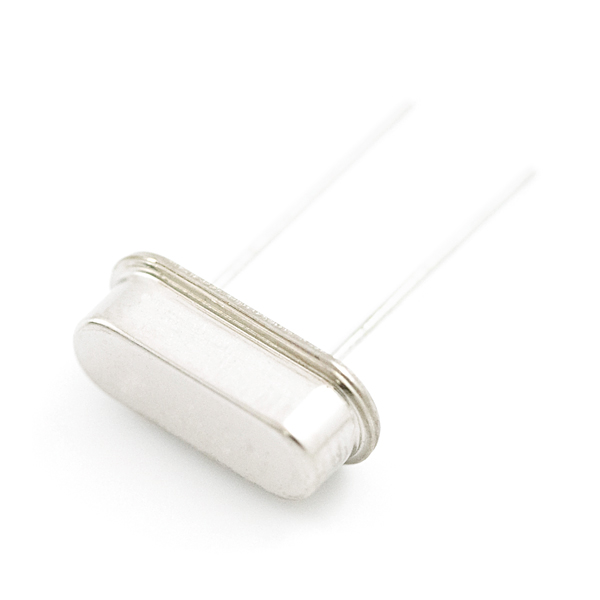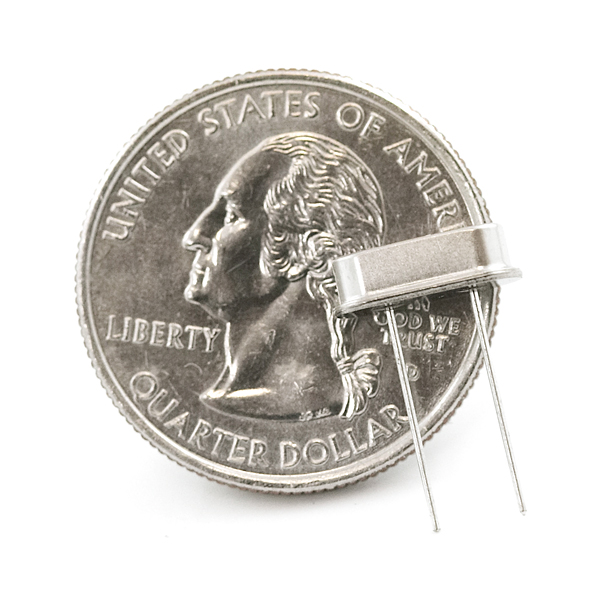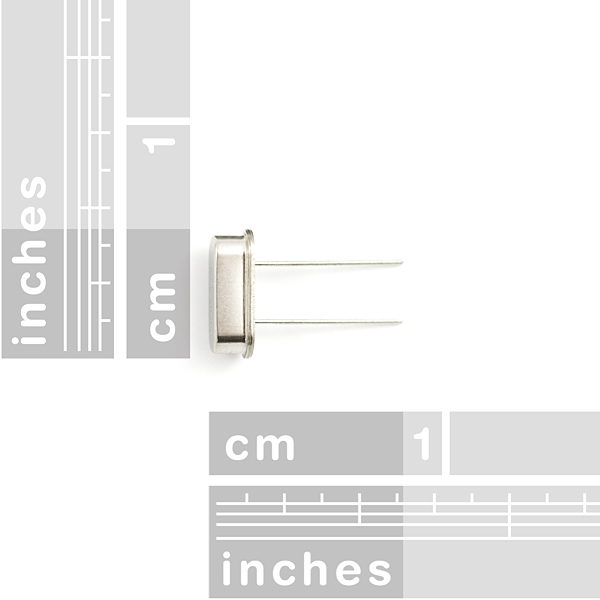Crystal 20MHz
Standard frequency crystals - use these crystals to provide a clock input to your microprocessor. Rated at 20pF capacitance and +/- 50ppm stability. Low profile HC49/US Package.
Crystal 20MHz Product Help and Resources
Core Skill: Electrical Prototyping
If it requires power, you need to know how much, what all the pins do, and how to hook it up. You may need to reference datasheets, schematics, and know the ins and outs of electronics.
Skill Level: Competent - You will be required to reference a datasheet or schematic to know how to use a component. Your knowledge of a datasheet will only require basic features like power requirements, pinouts, or communications type. Also, you may need a power supply that?s greater than 12V or more than 1A worth of current.
See all skill levels
Comments
Looking for answers to technical questions?
We welcome your comments and suggestions below. However, if you are looking for solutions to technical questions please see our Technical Assistance page.
Customer Reviews
No reviews yet.




The Atmel recommends 12-22pF capacitors for their ATMega and ATtiny microcontrollers. So 22pF sounds like a good number.
I believe that the microcontroller is irrelevant capacitance value, each crystal has their own capacitor values that it needs.
I've been trying to find information on what capacitors to use with this crystal without much luck. Best I could come up with is 22pF for both caps. If anyone has any suggestions on where to find cap information I'd love to hear it. If not, I'll report back with some tests after I receive the part.
Works great with ATMega328P. I am not using any capacitors, just stuck the crystal across the XTAL pins and the chip responds just fine and timing seems to be accurate. The only problem is that most example code seems to be based around the (more common) 16MHz frequency and you may have to recalculate some numbers. The datasheet has 20MHz listed for calculating serial baud rates so that part shouldn't be hard.